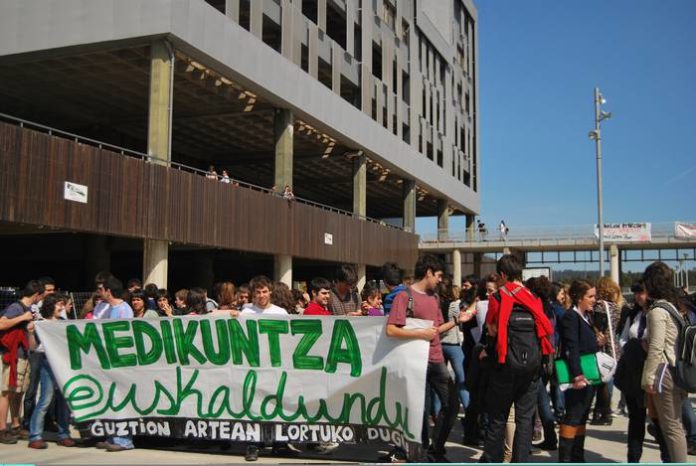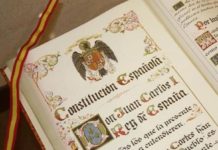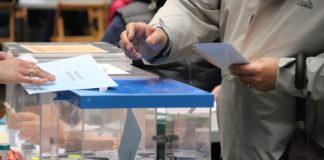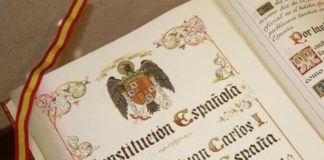MIKEL GALLAIZTEGI
High School teacher.
Abstract:
Recently, some have expressed their opinion on the educational model of the Western Basque Country -or Basque Autonomous Community- and have highlighted the limitations and shortcomings of Model D (teaching entirely through Basque), since many students do not reach the minimum linguistic competence in Basque even within that model. But instead of reinforcing that model, these voices suggest that linguistic objectives be softened, to “ameliorate” that linguistic failure. Against this, the point of view of Mikel Gallaiztegi (and that of NAZIOGINTZA) is the opposite: it is necessary to generalize and consolidate the immersion model through Basque, to meet the linguistic objectives (that is, that all students should have fluent linguistic skills in Basque at the end of the compulsory education period). If the objectives are not reached, it will be necessary to analyze and improve the means and procedures, but in no case to lower the goals.
The author of the article considers that the Basque language should serve as a tool for the integration and cohesion of Basque society and that therefore all compulsory education should be carried out through the Basque immersion model, abolishing the bilingual or Spanish models (A or B models, supported by a very small minority), which do not meet that objective.
The author makes twelve proposals in order to improve the efficiency of the Basque language immersion model at school:
1.- Basque should be the vehicular and priority language in teaching.
2.- Not only the Basque language but also its own significant elements (our history, our culture, our literature and our customs) must have a presence in the Basque educational sphere.
3.- All students must achieve at least a B2 level in Basque at the end of compulsory education.
4.- Higher education should facilitate the acquisition of a C1 level in the Basque language.
5.- Certain university courses will be offered only in the Basque language: all those that involve a relationship with the public.
6.- All the subjects of Vocational Training will be offered for study through Basque (currently many of them are taught only through Spanish).
7.- At the university level, all careers will be taught entirely through Basque (currently most offer this possibility, but a few still do not). English will be the second university language, behind Euskera. Doctoral theses in Basque will be awarded.
8.- Attention to immigrant students will be reinforced, with the aim that after two years of entering the Basque education system they will be able to be fluent in Basque. This will require special classrooms and teachers for them. Once they have achieved the minimum fluency in Basque, they will be able to develop their learning in exactly the same way as the natives.
9.- The autonomy of the educational centers will be respected, but the immersion system will be mandatory along with the final linguistic objectives.
10.- The socio-economic index of the school environment will not be an obstacle to the achievement of the final educational objectives.
11.- Basque society will be informed of the degree of compliance with the linguistic objectives in teaching.
12.- It is proposed that an independent supervisory body be proposed to monitor the degree of fulfillment of the linguistic objectives of each school. Likewise, this independent body will propose corrective measures when the final objectives are not achieved.
NB: The author is referring to the three southern provinces of the Basque Country, i.e those currently under Spanish rule (but excluding Navarre). Three models of school-teaching are available there: Model A, subjects taught entirely through Spanish except for Basque language; Model B, some subject taught through Basque and some through Spanish; Model D, all subjects except Spanish taught through Basque.






